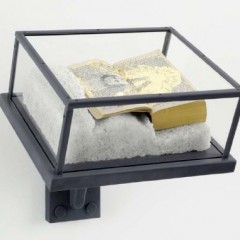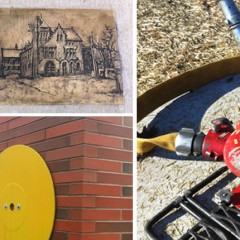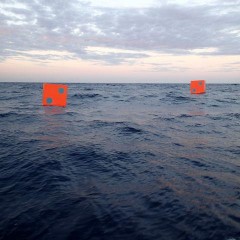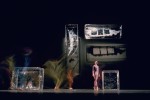Max Mulhern, whom I told you about here, wrote an interesting response to some of the comments on that piece. The comments focused on one thing mentioned in a much longer article– funding for artists. But an inflammatory topic will out, and one of the commenters wanted to know “What does Max Mulhern believe?” (about whether trust funded artists are the only ones who can afford to make art these days). Here’s his response:
Post by Max Mulhern
Dear Roberta,
> I didn’t want to make a half baked reply on the blog concerning the question about trust fund artists. I was slightly disappointed that that was the subject most focused upon. But Arts Funding and funding one’s work is vital and always creeps into art conversations. It is an important subject, and art and money do mix well when and if they meet at all. When we meet again I’ll tell you about the Matthew Barney show that I saw here in London called “Drawing Restraint”.
In it were many videos of Barney trying to draw by (to name a few):
- Hanging over the side of a boat and placing the paper against the hull
- Using a trampoline to jump high enough to draw on a ceiling
- Drawing in the engine room of a boat while wearing ear protection
- Drawing while suspended from pipes in a room with mountain climbing gear etc.
Plus an installation in the gallery where he climbed up a wall using climbing wall outcrops and a rope to get up to the ceiling of the gallery to draw on it.
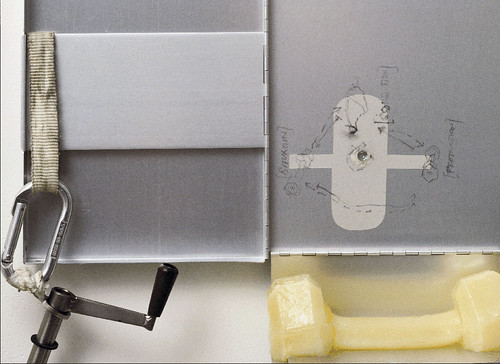
Image from the Drawing Restraint website, including (presumably) the tools used to make the drawing and the drawing.
It was interesting to see how an artist funded to the amplitude of a multinational company needed to create barriers, restraints and constraints for himself in order to do his work. If it was a metaphor for how difficult it is to make art then it was wonderful. The problem was that he made it too hard to draw and the drawings suffered for that. Did that mean that when the going gets too rough art just cannot be made?
> On the other hand, if it weren’t a metaphor then as a “struggling” artist myself it was confounding to see an artist who can do whatever he wants actually fetter (and tether) his execution of work.
> This kind of tool can be rewarding. My professor at art school often had us adapt uncomfortable positions while drawing nudes, for example. Physical discomfort and visual impairment (ie too close to the subject to see it) made for great things. Besides what’s a shaman if not someone finding a way to reach into the beyond and bring it back to us? Pain and privation are often employed in this pursuit. Artists are entitled to the same methods as they are shamanic themselves. Ritual and practice are an integral part of work in general and the creative process in particular. But one can get lost in the doing and forget the product. And does the public need to know how a piece of art was done?
> Like in most things moderation is an asset. Too much money is probably just as bad as none at all. No pain, no gain/too much pain, death. Despite dwindling arts funding there has been an explosion in the quantity of visual art being produced. Given the economic situation of our country I can’t see Congress earmarking more monies for art. But art will get done anyway.
If art is anything then it is a testament to individual perseverence and the immortality of art itself.
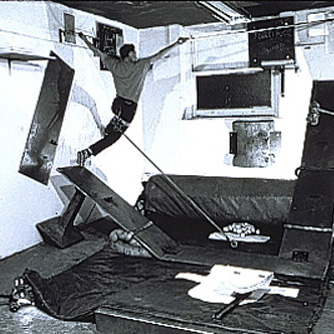
> In Barney’s drawings the resulting drawings made it clear that self-inflicted constraint can be an impediment to making a successful work. Were the works supposed to embody restraint like a portrait embodies an individual? The resulting drawings were retarded or suffering from their maker’s need to always be worrying about too many other things in order to get a line drawn, and therefore vital connections were missed. Maybe the fragmented drawings revealed that he was very close to where he wanted to be but not close enough to establish a concrete outpost? Maybe someone else has to go out there and connect the dots? Perhaps we were supposed to marvel at how difficult an artist can make things for himself?
He is definitely a fit artist.
He’s an athlete like myself; When physically active there is a heightened sense of “alive-ness.” Does that rub off on the art or does it just make for action art?
I like to do what I am depicting as having done. It’s fatiguing. Other artists laugh at me and point out how I can make it seem like what I am depicting was actually done. I am uncomfortable with artifice and yet it can be an artists best friend. Extreme physical exertion to make a work doesn’t make it more real (I’ve learned the hard way). With Barney we see that the method, production, and means are the subject and not the resulting work. I tend to tally the costs of his shows, in addition to looking at them, of course. He’s lost in the doing and the funding and so are we.
Max


